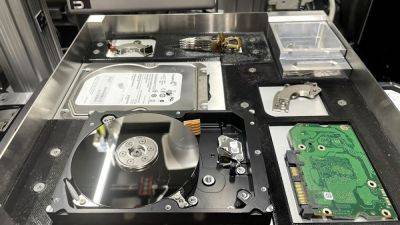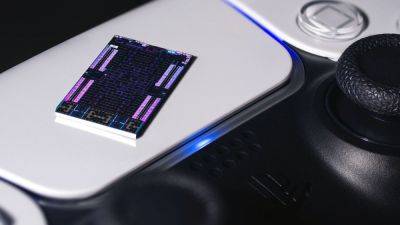'From the developer's standpoint, they love this strategy'—AMD's plan to merge its RDNA and CDNA GPU architectures to a unified system called UDNA
Ever since it bought GPU firm ATI Technologies in 2006, AMD has experimented with all kinds of graphics architectures. Its current approach, one for PC clients and the other for data and AI servers, will be swapped in favour of a completely unified architecture, bringing the best of both systems into one developer-friendly architecture.
That's according to AMD's senior vice president, Jack Huynh, who announced the company's GPU plans in an interview with Tom's Hardware. At the moment, there's not an awful lot of detail as to what the plan will entail or when we can expect to see the first products based on the architecture, but we do know what it will be called, and it's UDNA.
Most of today's PC and console gamers will only be familiar with AMD's RDNA design, which first appeared in 2019 with the Radeon RX 5700 XT. It was a comprehensive overhaul of AMD's GCN (Graphics Core Next) architecture, greatly improving the IPC, efficiency, and overall performance. From a game developer's point of view, it was a much-needed improvement as the design was very focused on gaming.
GCN dates all the way back to 2012 and despite evolving through multiple iterations, it was still fundamentally the same compute-focused design. In many ways, when it first appeared, it was an architecture ahead of its time but as games became increasingly reliant on compute shaders to handle the bulk of the rendering workload, the issues with GCN (such as its low IPC) began to hold things back.
However, AMD didn't abandon it altogether when it turned to using RNDA in its GPU. Instead, it was reborn as CDNA and the latest revision of it is used to power the likes of the enormous Instinct MI300 accelerator.
Nvidia took a somewhat different approach, though, and for a very long time used the same architecture in its gaming chips as it did for its workstation and server processors. That's still the case today, although there are some differences between client-focused and server-focused GPUs, such as the







